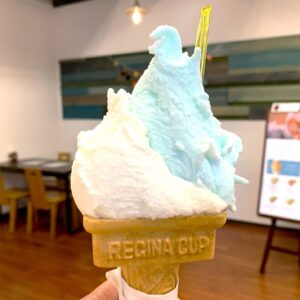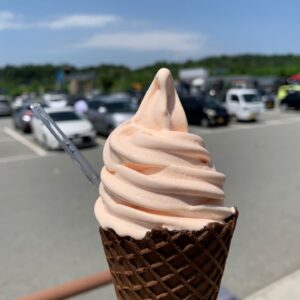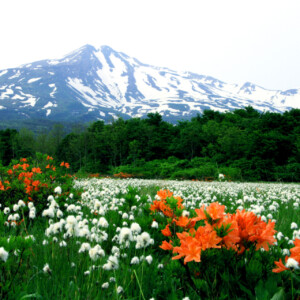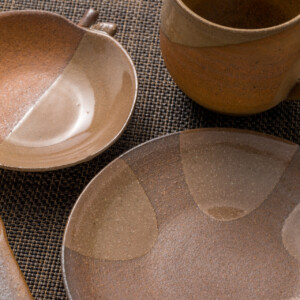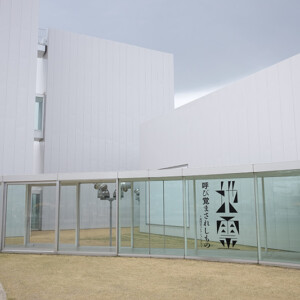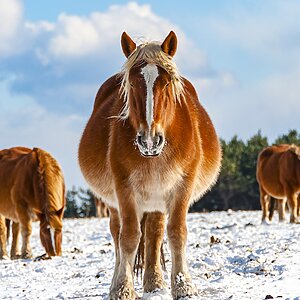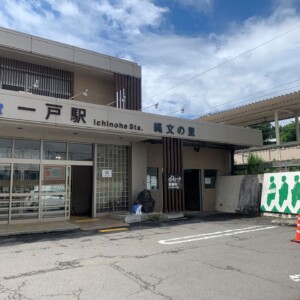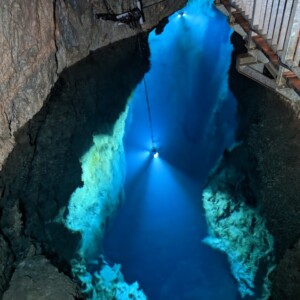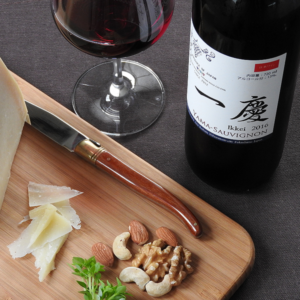
I traveled back in time to the Edo period at Ouchi-juku! [Fukushima Prefecture]
table of contents
In the south of the Aizu region of Fukushima Prefecture, there is a post town that has been around since the Edo period. Even now in the 2000s, this post town is lined with thatched-roof houses, and it seems as if time has stopped since then.
The name of the town is ``Ouchi-juku .
In this article, I will report on my visit to Ouchi-juku, a post town that supported the Sankin Kotai in Tohoku, and introduce the famous Takato soba.
What is Ouchi-juku?
Ouchi-juku is a post town that still remains in Minamiaizu District, Fukushima Prefecture. This is the name of a ``half-farming, half-inn'' located on Shimotsuke Kaido (Aizu Nishi Kaido) during the Edo period.
Ouchi-juku is one of the important bases for sankin kotai, which was used not only by the Aizu clan, but also by the Murakami clan in Yamagata, the Shonai clan, the Yonezawa clan, and the Shibata clan in Niigata. It is said that it was first built by Masayuki Hoshina, the lord of the Aizu domain, as a road connecting Aizu Castle Town and Shimotsuke Province (present-day Nikko).
With the opening of the railway in the Meiji period, it lost its value as a post town, but the road lined with thatched-roof houses continued to be loved as a tourist destination, and in 1981 it was designated as a National Important Traditional Building Preservation District. has been selected.
What is there at Ouchi-juku?
Ouchi-juku is a tourist destination that still retains the appearance of an Edo post town. There were souvenir shops, guesthouses, and soba restaurants where you could eat traditional Takato soba.
The souvenir shop sells Aizu's traditional crafts, warm ``Monpe,'' and handmade crepe crafts, so it might be a good idea to buy some to commemorate your visit to Ouchi-juku. It's especially fun to buy a set of vegetables that are recreated using handmade crepe crafts, as there are many varieties ranging from large, voluminous and impressive ones to miniature and cute small ones.
By the way, the one I bought as a souvenir was Aizu Goma Miso.

In Ouchi-juku, you can only get it at Tanuma Shoten, so if you want it, please go there!
The Shimogo Town Townscape Exhibition Hall is located at the main site in the center of the post town road. Honjin is a house designated as a lodging place for feudal lords to stay during Sankin Kotai. The drawings and records of the main shrine of Ouchi-juku were lost during the Boshin War, so an exhibition hall has been built at the site of the main shrine, which was restored with reference to Itozawa-juku and Kawashima-juku on the same Shimotsuke road.
The Shimogomachi Townscape Exhibition Hall recreates the facilities unique to an inn where the procession of feudal lords would stay overnight, such as the boarding (entrance for the exclusive use of lords) and the upper bunk room. In addition, firewood is burned in the hearth inside to preserve the thatched roof all year round.
Why not think about what life was like back then while watching the firewood burning in the hearth, which is difficult to see today?
Specialty! Takato soba is soba eaten with green onions!
After a leisurely stroll along the streets, it's finally time for dinner! Satisfy your hunger with Takato soba, a specialty of Ouchi-juku!
This time we visited Misawa-ya, which is located near the Ouchi-juku entrance!
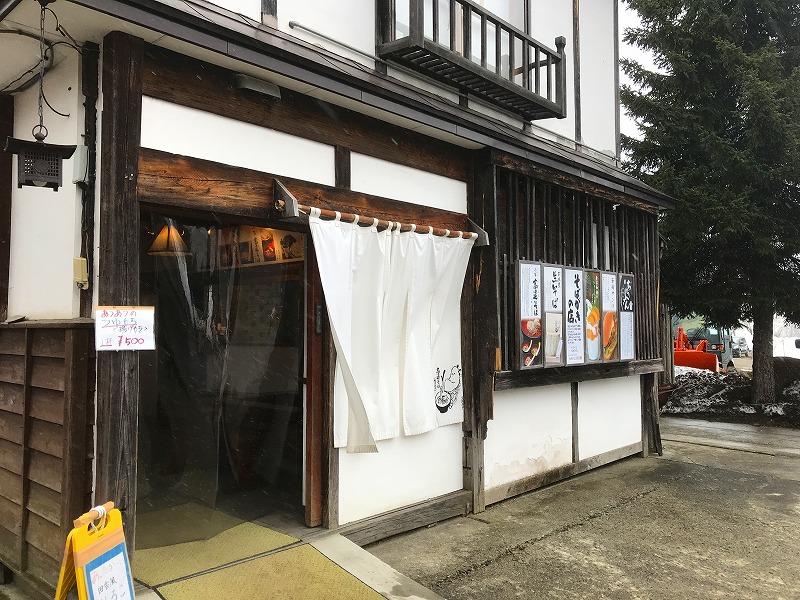
The most distinctive feature of Takato soba is the way it is eaten.
Surprisingly, even though it's soba, you don't have to use hash to eat it! How do you eat it without using hash? What was served was green onion! ?
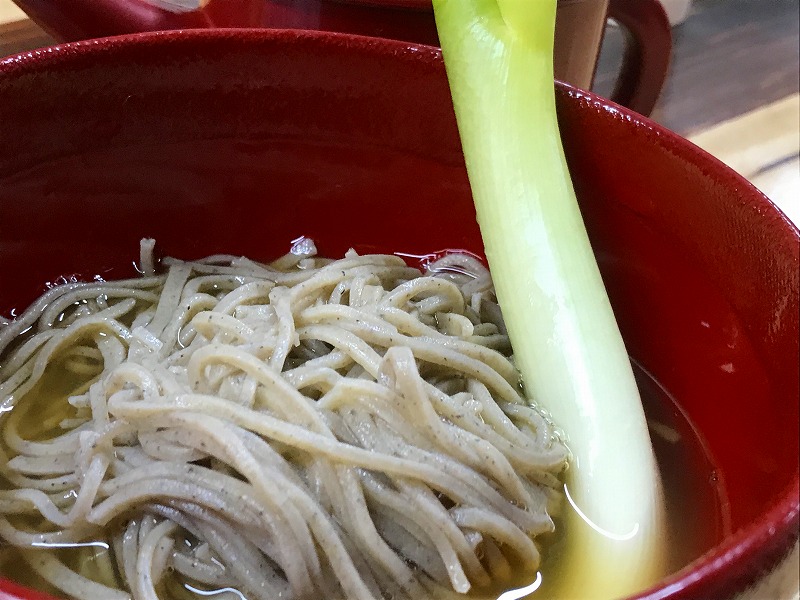
In fact, Takato soba is made with green onions instead of hash! While this green onion is used as hash, it also serves as a condiment when chewed. Although it is a little spicy, the taste is really fruity! You can enjoy a unique condiment that you can't find anywhere else, with the sweetness of apples and the aroma of green onions!
For those who can't eat it with green onions, don't worry, we also serve it with hash!
The charm of Takato soba is not only about green onions. The soba noodles are thin inaka soba noodles. The rich flavor of soba and the way it goes down your throat is the pride of Aizu, a soba restaurant!
Soba soup is what connects the flavor of soba and the condiments. Misawa-ya's soba soup uses only grated daikon radish juice without using water. The moderate spiciness creates a refreshing texture.
Of course, the soba soup made using this soup was also delicious!

By the way, there is no warm soba at Takato Soba. When I asked the staff why, they said, ``The green onions become soft when it's warm.'' It's obvious to say, but I was strangely convinced (lol)
If you want to enjoy warm soba noodles at Ouchi-juku, we recommend the green onion soba topped with chopped green onions! You can enjoy this at Daikokuya, located in the center of Ouchi-juku.
INFORMATION
| name | Ouchi-juku |
| location | 8 Ouchi Yamamoto, Shimogo-machi, Minamiaizu-gun, Fukushima Prefecture |
| telephone number | 0241-68-2657 |
| Official URL | http://ouchi-juku.com/ |
| GOOGLE MAP |
| name | Misawaya |
| telephone number | 0241-68-2927 |
| Official URL | http://www.misawaya.jp/ |


![A report on the experience of "Whiskey Collection Koriyama," Tohoku's first whiskey event! [Fukushima Prefecture] Whiskey Collection Koriyama](https://jp.neft.asia/wp-content/uploads/2024/10/IMG_0751-EDIT-150x150.jpg)
![The delicacy "Anko" is a delicious winter taste on the beach! [Fukushima Prefecture] Monkfish](https://jp.neft.asia/wp-content/uploads/2022/02/2054097_m-150x150.jpg)
![A tour of the 33 remaining Kannon in Minami Aizu. "Thirty-three Kannon" certified as a Japanese Heritage Site [Fukushima Prefecture] 11_MG_9631](https://jp.neft.asia/wp-content/uploads/2022/11/11_MG_9631-150x150.jpg)
!["Negaseki" is one of the three ancient Oshu sekies that surpasses Minamoto Yoshitsune and Matsuo Basho [Tsuruoka City, Yamagata Prefecture] 3809167_m](https://jp.neft.asia/wp-content/uploads/2023/02/3809167_m-150x150.jpg)
![What is "disc dumplings" in Fukushima City? Introducing recommended shops and history [Fukushima Prefecture] Disc Dumplings 1](https://jp.neft.asia/wp-content/uploads/2023/03/31485117_m-150x150.jpg)

![Okuaizu Shoten is born where you can "know, buy, and experience" Okuaizu! [Fukushima Prefecture] Okuaizu store](https://jp.neft.asia/wp-content/uploads/2024/07/sub6-150x150.jpg)
![Appears in the first episode of the anime "Zatsu Tabi - That's Journey"! Let's go to Aizuwakamatsu City [Fukushima Prefecture] 30948239_m](https://jp.neft.asia/wp-content/uploads/2025/05/30948239_m-150x150.jpg)
